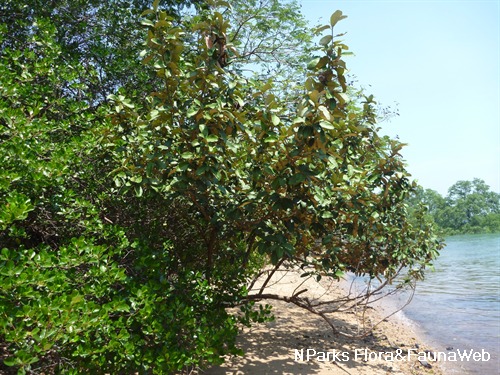
Back
Heritiera littoralis Aiton
| Family Name: | Malvaceae |
| Synonyms: | Heritiera minor (Gaertn.) Lam. |
| Common Name: | Dungun, Looking-Glass Tree, Mangrove Dungun, Keeled-Pod Mangrove, Atun Laut, Bayur Laut, Pelir Kambing, 银叶树 |
Name
Classifications and Characteristics
| Plant Division | Angiosperms (Flowering Seed Plants) (Dicotyledon) |
|---|---|
| Plant Growth Form | Tree |
| Lifespan (in Singapore) | Perennial |
| Mode of Nutrition | Autotrophic |
| Plant Shape | Irregular |
| Maximum Height | 35 m |
Biogeography
| Native Distribution | From East Africa to Australia and the West Pacific. |
|---|---|
| Native Habitat | Shoreline (Mangrove Forest, Sandy Beach, Rocky Beach), Terrestrial (Riverine) |
| Preferred Climate Zone | Tropical, Sub-Tropical / Monsoonal |
| Local Conservation Status | Native to Singapore (Endangered (EN)) |
Description and Ethnobotany
| Growth Form | It is a tree up to 35 m tall. |
|---|---|
| Crown | Crown shaggy, somewhat untidy-looking, with gnarled branches. |
| Trunk | Bark whitish-gray to pinkish-gray, smooth, becoming flaky and fissured with age. |
| Roots | Prominent plank or ribbon buttress roots at base. |
| Foliage | Its spirally arranged, stalked leaves have leathery and stiff leaf blades that are oblong-elliptical to egg-shaped-elliptical, margin entire or slightly wavy, dark green above, scaly silvery white to brown on the underside, and 6.3–30 by 3.8–15 cm. |
| Flowers | Its flowers are unisexual, in which each flower only has either the male or female sexual organ, dull purple, bell-shaped with 4–6 teeth, 6.3 mm wide, and in 5–18 cm, yellowish flower clusters inserted at the leaf axils. Both male and female flowers occur on the same plant. |
| Fruit | Its fruits are woody, ellipsoid to oblong-egg-shaped, glossy brown or purple, 3.8–8 by 3–6 cm, and each possesses a keel on one side, and 1 seed. Its seeds are oblong-ellipsoid, flattened, brown, and about 3 cm long. Fruits may float on water for weeks and germinate after being stranded by high tide on suitable sites. |
| Habitat | It grows in rocky and sandy shores, mangrove forests, and also on tidal river banks. It is known locally in various mangrove forests around Singapore. |
| Associated Fauna | Large crabs, monkeys, and wild pigs eat its seeds. |
| Cultivation | It can be propagated by seed. It withstands periodic floods, however, it is not tolerant of highly-saline or very exposed sites. |
| Etymology | Latin Heritiera, commemorates Charles Louis L’Heritier de Bautelle (1746–1800), a celebrated French botanist and author; Latin littoralis, of the seashore, referring to the habitat |
| Ethnobotanical Uses | Edible Plant Parts : Edible Seeds Food (Herb or Spice): The seed is eaten with fish as a substitute to the seeds of Parinarium glaberimum, and used as a substitute for cola. Medicinal: A decoction of the root is used to treat mouth infection and toothache. An extract of the seed is used to treat diarrhoea and dysentery. Timber & Products: The wood is used to stop bullets, and to make boat-ribs, bridges, building ships, canoes, firewood, furniture, house-posts, joists, masts, outriggers, rice pounders, rudders, telegraph poles, and wheel-hubs. Its wood is also used to build stockades, and is used to raise the thwarts of canoes. It is suitable for the production of wrapping, writing and printing paper. Others: Its twigs are used for toothbrushes. The bark is used for tanning, and is used for toughening fishing nets. The roots are used as fish poison. |
Landscaping Features
| Landscaping | It has attractive leaves, and can be grown along roads, coastal parks, or coasts as it can tolerate their hot, sunny, windy, and frequent salt spray conditions. |
|---|---|
| Desirable Plant Features | Ornamental Flowers, Ornamental Foliage, Ornamental Fruits |
| Landscape Uses | Coastal, General, Riverine, Suitable for Roadsides, Parks & Gardens, Beachfront / Shoreline |
| Thematic Landscaping | Naturalistic Garden |
Fauna, Pollination and Dispersal
| Pollination Method(s) | Biotic (Fauna) |
|---|---|
| Seed or Spore Dispersal | Abiotic (Water) |
Plant Care and Propagation
| Light Preference | Full Sun, Semi-Shade |
|---|---|
| Water Preference | Moderate Water |
| Plant Growth Rate | Moderate |
| Rootzone Tolerance | Waterlogged Soils (Drains Site), Fertile Loamy Soils, Well-Drained Soils, Saline Soils / Salt Spray |
| Maintenance Requirements | Moderate |
| Propagation Method | Seed |
Foliar
| Foliage Retention | Evergreen |
|---|---|
| Mature Foliage Colour(s) | Green, Silver / Grey |
| Mature Foliage Texture(s) | Leathery |
| Prominent Young Flush Colour(s) | Brown |
| Young Flush Texture(s) | Glossy / Shiny |
| Foliar Type | Simple / Unifoliate |
| Foliar Arrangement Along Stem | Alternate, Spiral |
| Foliar Attachment to Stem | Petiolate |
| Foliar Shape(s) | Non-Palm Foliage (Elliptical, Oblong) |
| Foliar Venation | Pinnate / Net |
| Foliar Margin | Entire |
| Typical Foliar Area | Mesophyll ( 45cm2 - 182.25 cm2 ) |
| Leaf Area Index (LAI) for Green Plot Ratio | 3.0 (Tree - Intermediate Canopy) |
Non - Foliar and Storage
| Trunk Type (Non Palm) | Woody |
|---|---|
| Mature Bark Texture | Fissured, Peeling / Flaking / Papery |
| Stem Type & Modification | Woody |
| Root Type | Underground (Tap Root, Fibrous Root), Aboveground (Buttress Root) |
Floral (Angiosperm)
| Flower & Plant Sexuality | Unisexual Flowers , Monoecious |
| Flower Colour(s) | Pink, Purple |
|---|
| Flower Texture(s) | Velvety / Furry / Tomentose |
| Flower Grouping | Cluster / Inflorescence |
| Flower Location | Axillary |
| Flower Symmetry | Radial |
| Inflorescence Type | Panicle |
| Flowering Habit | Polycarpic |
Fruit, Seed and Spore
| Mature Fruit Colour(s) | Brown, Purple |
|---|---|
| Mature Fruit Texture(s) | Leathery |
| Fruit Classification | Simple Fruit |
| Fruit Type |
Image Repository
Others
| Master ID | 1659 |
|---|---|
| Species ID | 2952 |
| Flora Disclaimer | The information in this website has been compiled from reliable sources, such as reference works on medicinal plants. It is not a substitute for medical advice or treatment and NParks does not purport to provide any medical advice. Readers should always consult his/her physician before using or consuming a plant for medicinal purposes. |

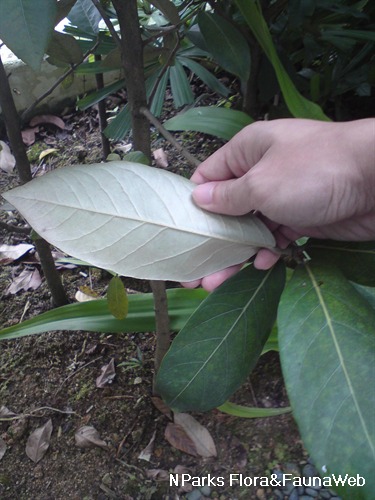
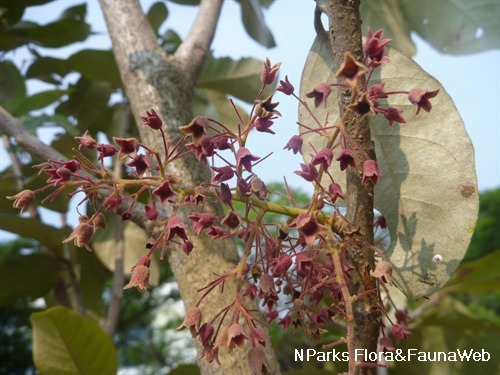
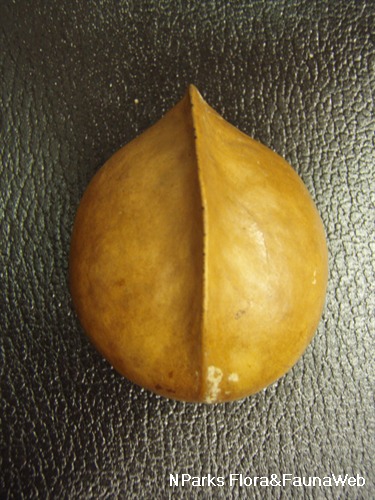
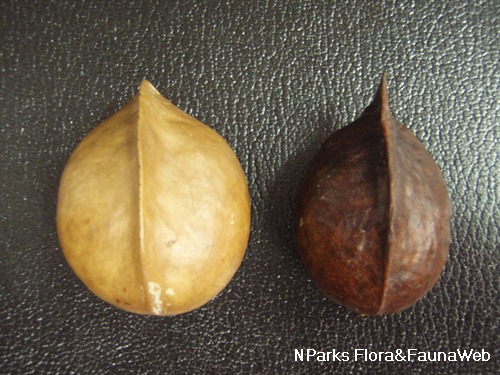
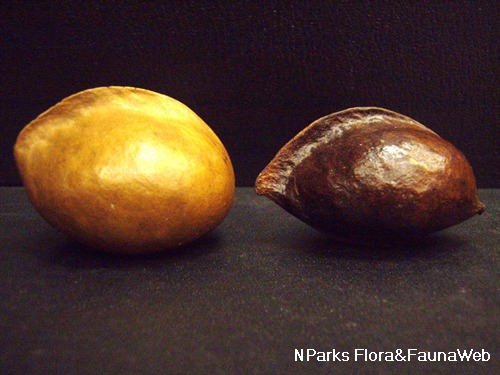
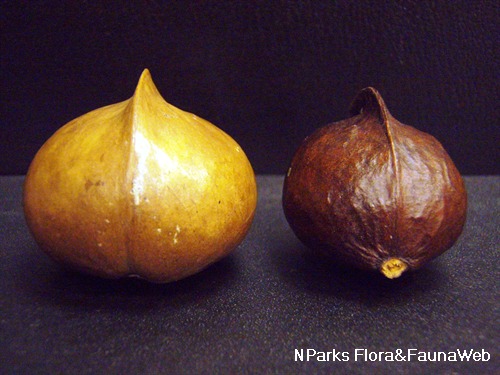
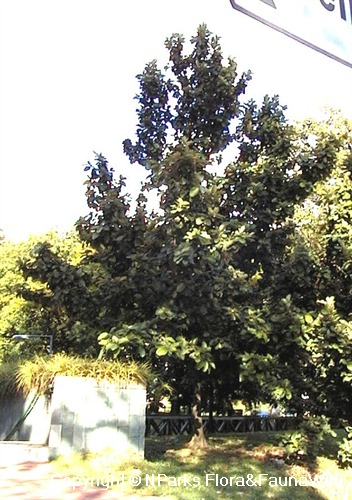
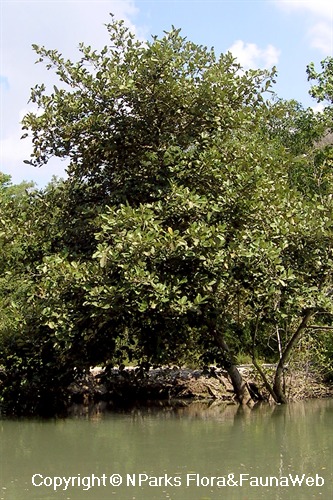
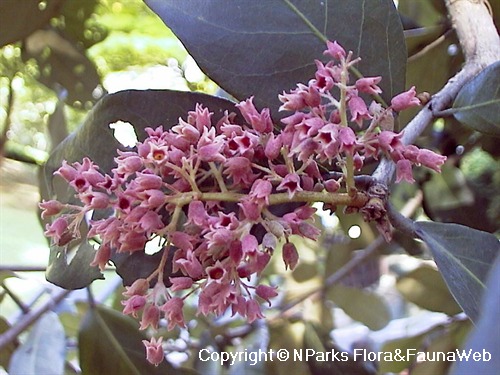
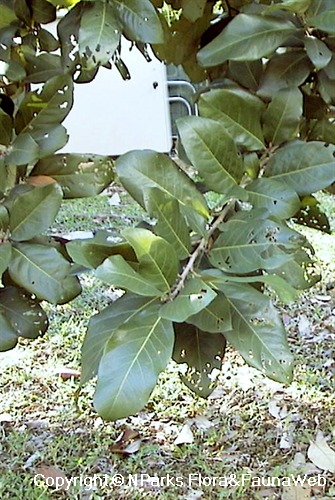
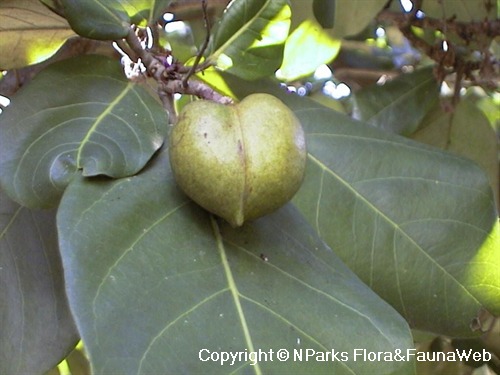
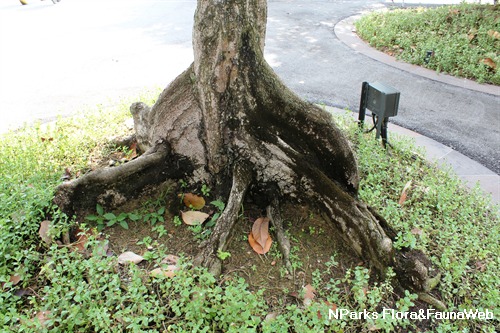
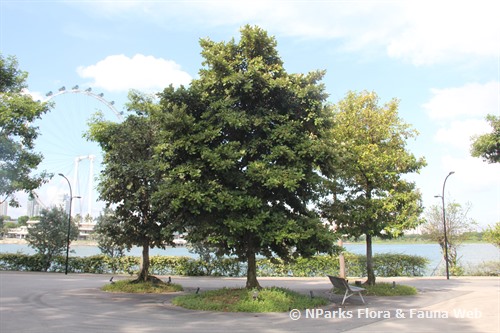
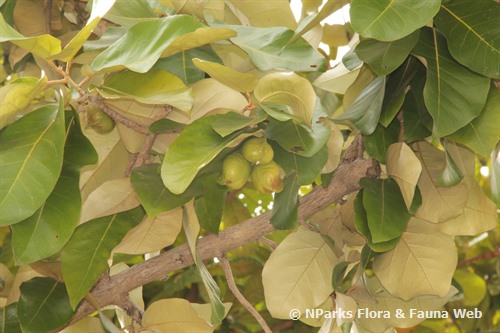
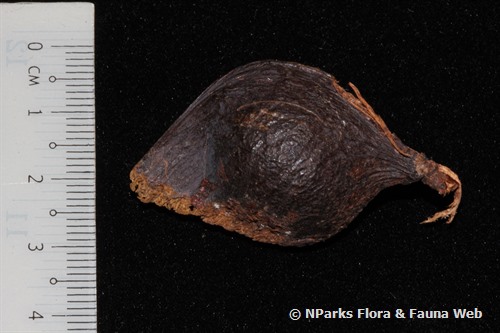
.jpg)